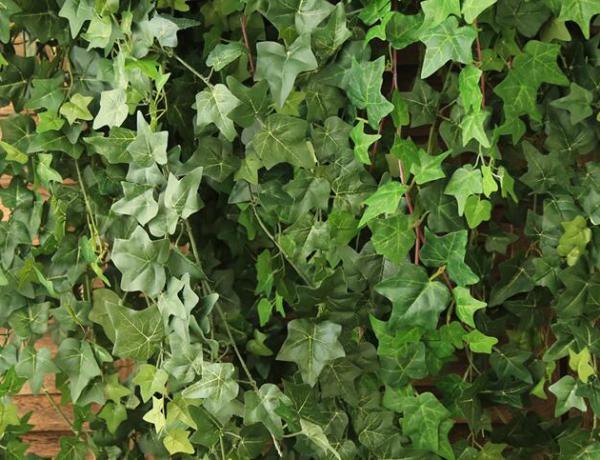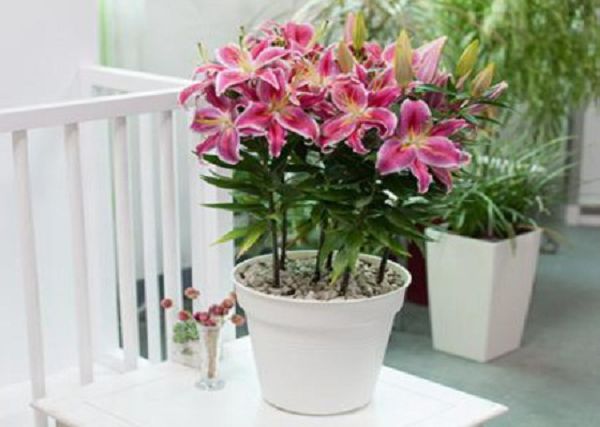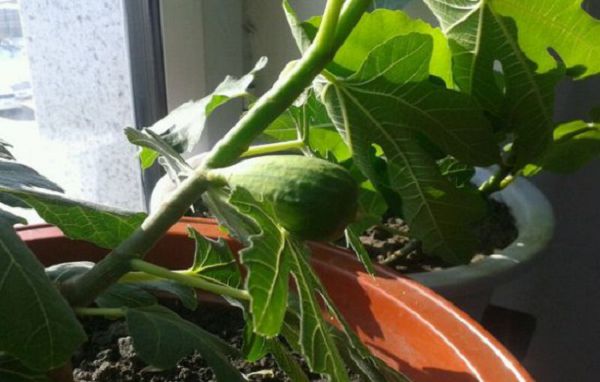Culture methods and matters needing attention of Ivy

The leaf shape of ivy is beautiful and evergreen. It is often used as vertical greening in various parts of the south. Ivy can play a good effect of decorating and beautifying the environment, and potted plants can be decorated in a variety of shapes and furnished indoors. Ivy not only has a good decorative effect, but also has a strong ability to purify the air, and the whole plant of ivy can be used as medicine, which can remove rheumatism, activate blood circulation and detumescence. Today, the editor will introduce you.
I. the growth habits of Ivy
Ivy likes warm and humid climatic conditions, is a negative vine, can also grow in the full sunshine environment, the soil requirements are not strict, not saline-alkali, not cold-resistant.
Second, the culture method of ivy
1. Ivy culture soil selection: when Ivy is potted, garden soil: rotten leaf soil can be used at 1:1, or peat soil: rotten leaf soil can be prepared at 2:1. To ensure that the soil is loose and ventilated with a certain degree of fertility.
2. Ivy watering method: Ivy likes humid environment and has relatively high requirements for air humidity. Ivy is more resistant to water and moisture and is afraid of drought. The basin soil should be kept moist during the peak growth period of ivy in spring. The climate is dry in spring and autumn, and water can often be sprayed to the surrounding air and leaves to increase air humidity. After the weather is cool in autumn, the amount of watering should be reduced gradually, and the basin soil should be kept dry in winter to avoid freezing damage.
3. The fertilization method of ivy: the mature cake fertilizer should be applied every 2 weeks in the exuberant season of ivy, and the varieties of green leaves are mainly nitrogen fertilizer, but we should be careful not to apply too much fertilizer, which is easy to cause overgrowth and affect the beauty of plant type. The ivy of mosaic varieties should not only apply nitrogen fertilizer, but also apply phosphorus and potassium fertilizer properly, otherwise it is easy to cause leaf pattern fading. If the temperature is low in winter and the growth of ivy is slow, fertilization should be stopped. Fertilization should pay attention to the frequent application of thin fertilizer, avoid the application of thick fertilizer and raw fertilizer, so as to avoid fertilizer damage. Fertilization should also be stopped if the summer temperature is too high.
4, Ivy temperature requirements: Ivy likes a warm environment, afraid of cold, heat, the suitable growth temperature is 20-25 ℃, outdoor breeding in summer should pay attention to shade cooling. It should be kept above 10 ℃ in winter. If it is less than 5 ℃, freezing injury will occur easily.
5. Ivy's requirements for light: ivy is more flexible to light, like light, can also be shade-resistant, when the light is sufficient, the internodes become shorter, the leaf shape is consistent, and the leaf color is bright. Summer should pay attention to shade, to prevent strong light direct sunburn leaves. Ivy can also withstand shade and grow well in bright indoor areas.
Matters needing attention in Ivy Culture
1, environmental ventilation: Ivy growth environment ventilation is very important, if the ventilation is poor, it is easy to cause scabies harm. Therefore, we must strengthen the ventilation conditions of the culture environment.
2. Rational fertilization: when fertilizing ivy, attention should be paid to balanced nutrition, and partial application of nitrogen fertilizer is easy to cause overgrowth. Flower and leaf varieties are easy to lead to pattern fading.
3, heat preservation over the winter: pay attention to heat preservation in winter, the temperature is too low, it is easy to cause ivy to suffer frost damage.
4. Keep high air humidity: ivy requires high air humidity, which is easy to cause dry tip of leaves if the air humidity is too low.
5. Change the basin at the right time: after one or two years of ivy cultivation, the basin should be changed to ensure sufficient soil nutrients and normal plant growth.
Related
- Fuxing push coffee new agricultural production and marketing class: lack of small-scale processing plants
- Jujube rice field leisure farm deep ploughing Yilan for five years to create a space for organic food and play
- Nongyu Farm-A trial of organic papaya for brave women with advanced technology
- Four points for attention in the prevention and control of diseases and insect pests of edible fungi
- How to add nutrient solution to Edible Fungi
- Is there any good way to control edible fungus mites?
- Open Inoculation Technology of Edible Fungi
- Is there any clever way to use fertilizer for edible fungus in winter?
- What agents are used to kill the pathogens of edible fungi in the mushroom shed?
- Rapid drying of Edible Fungi



